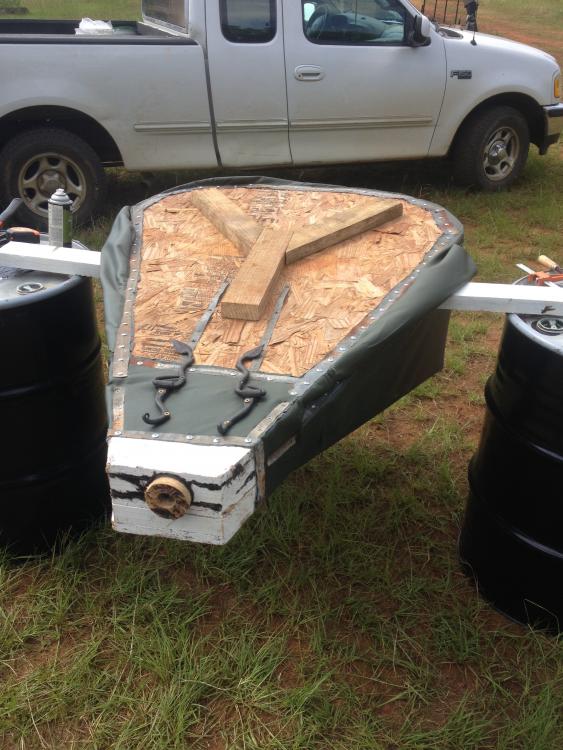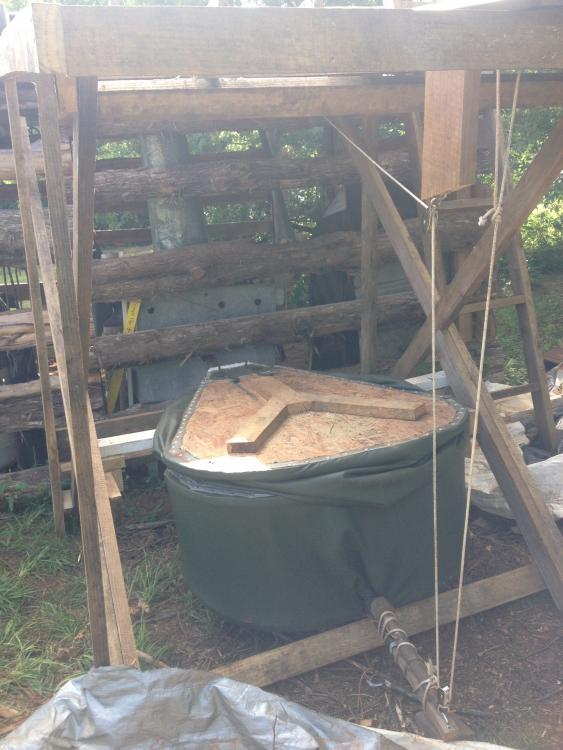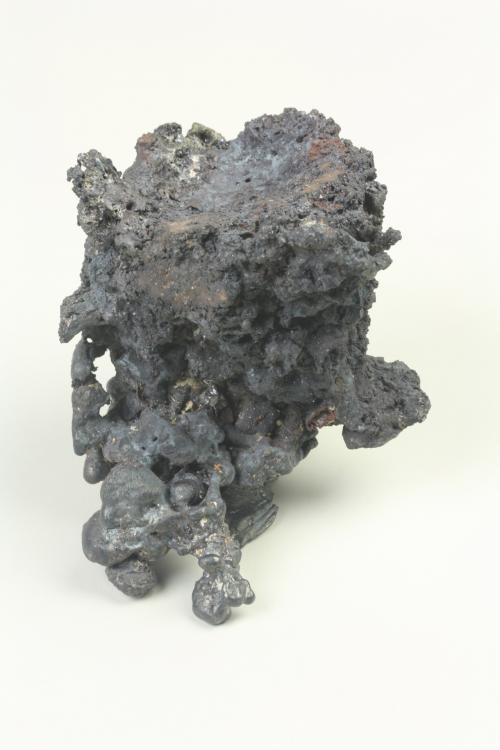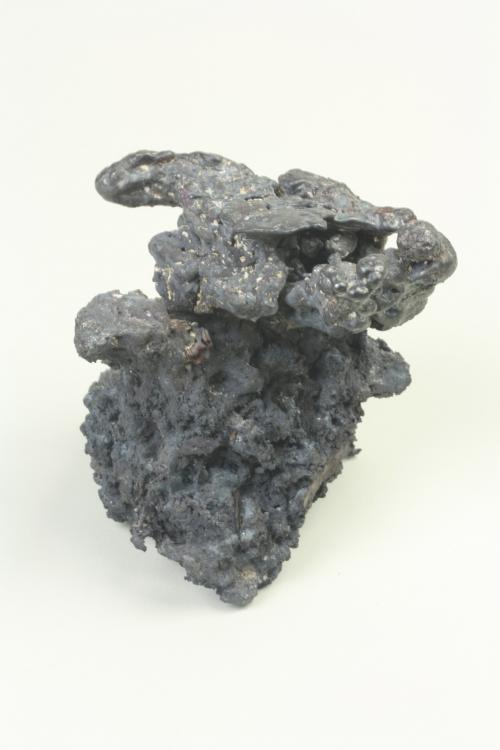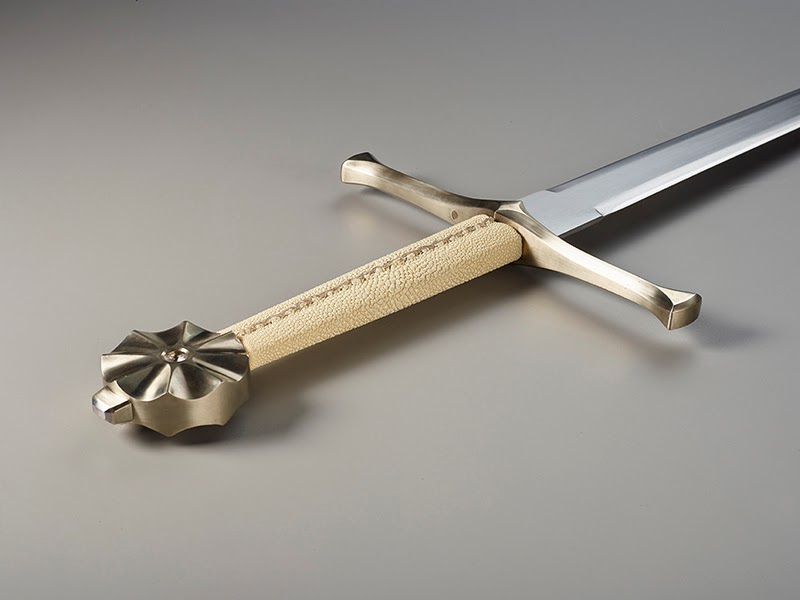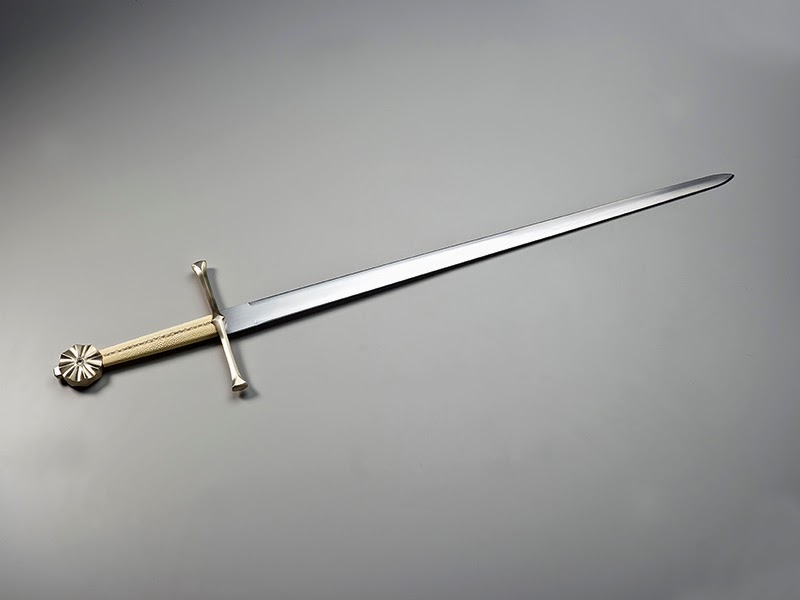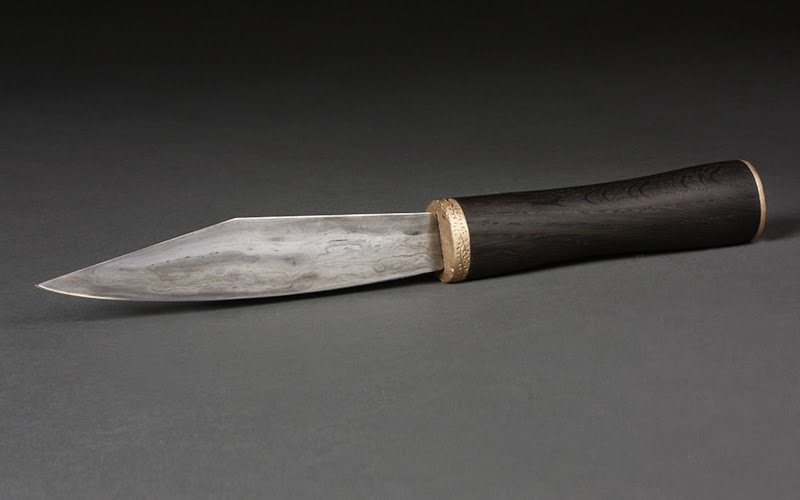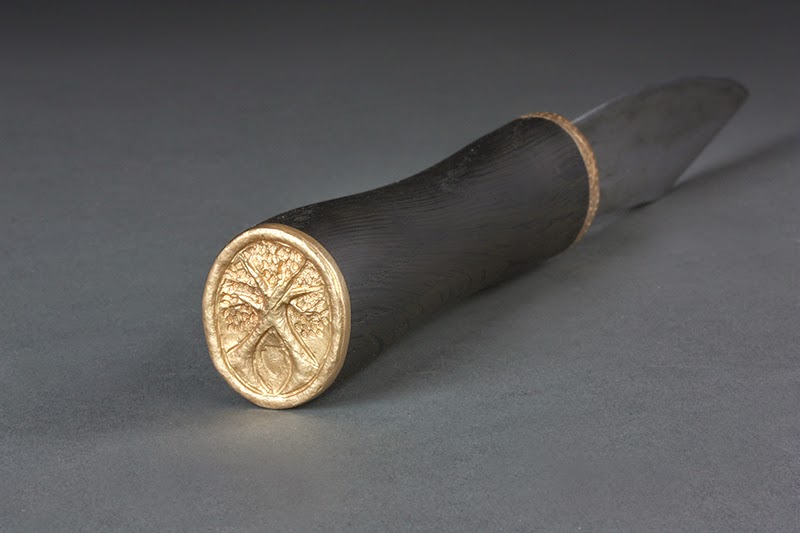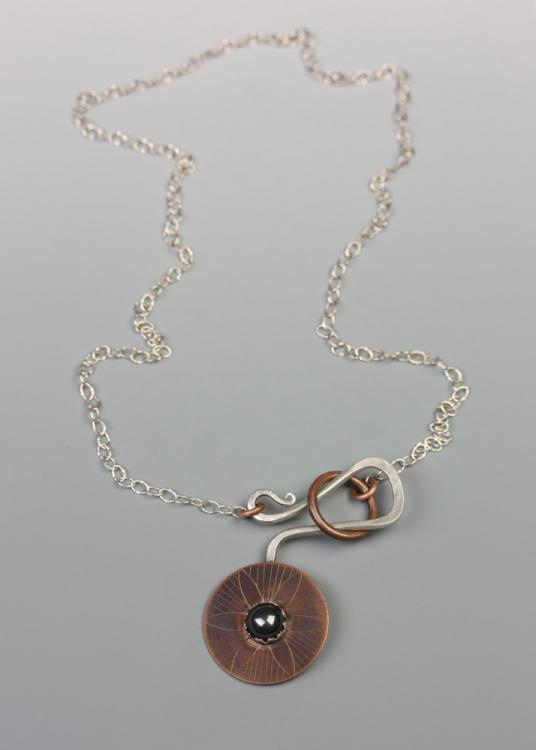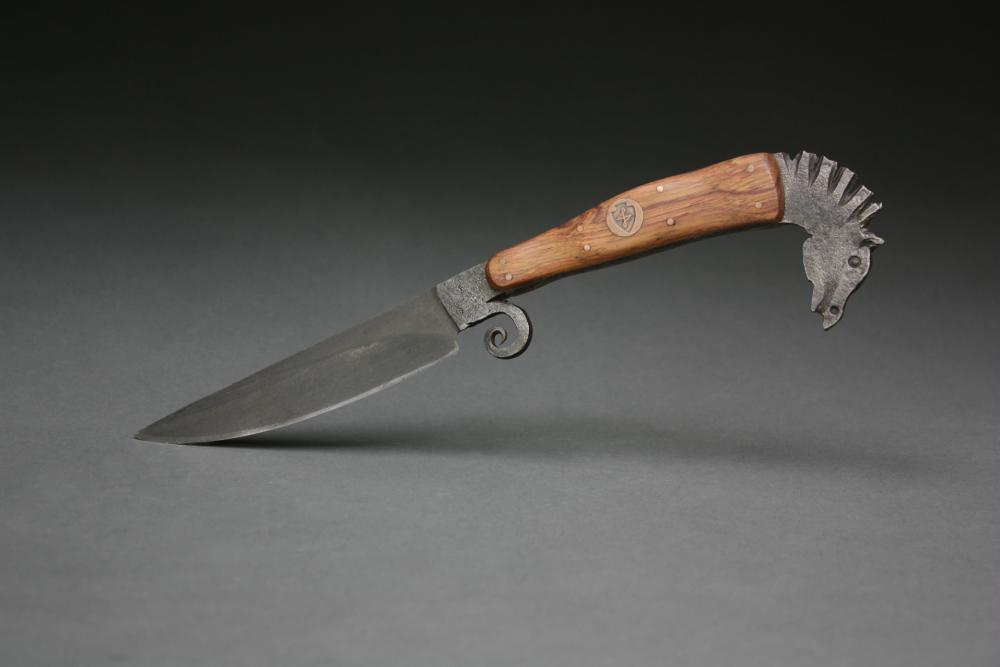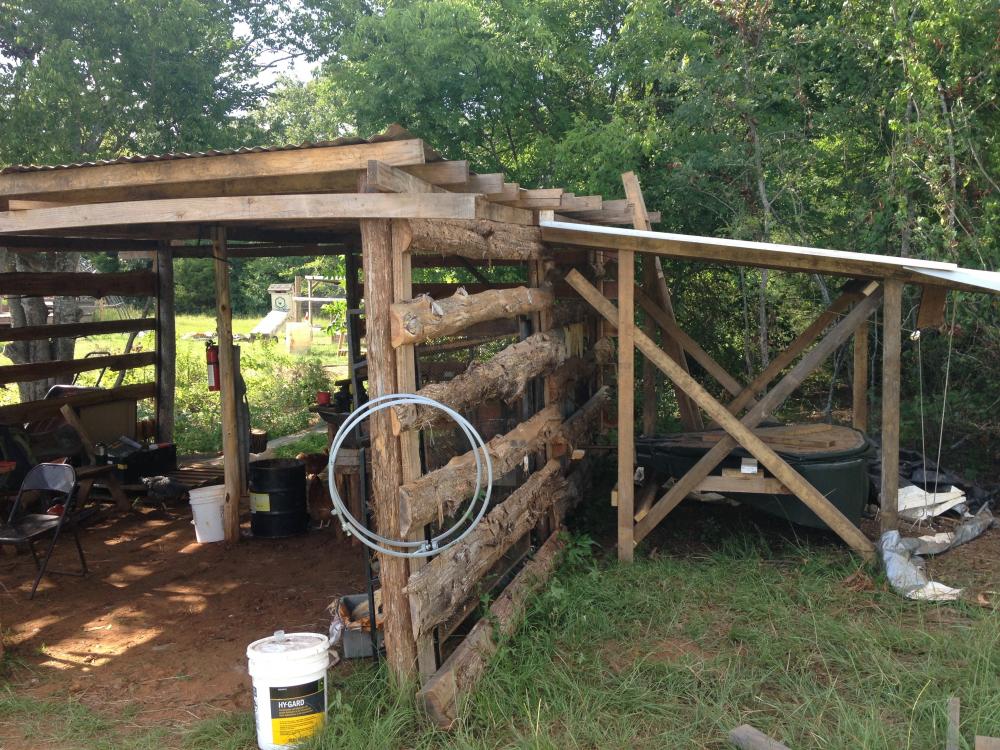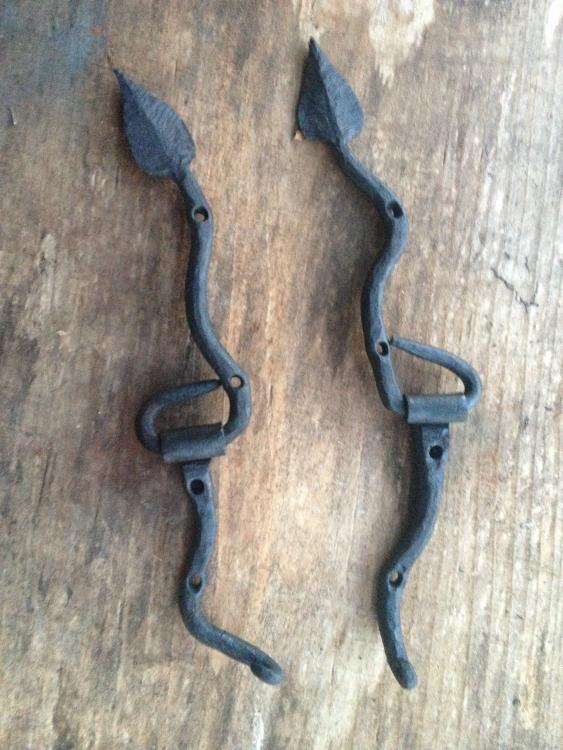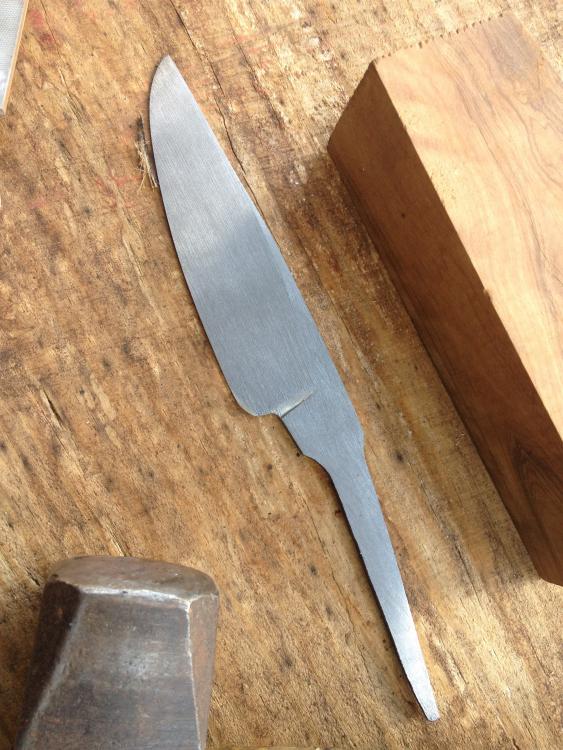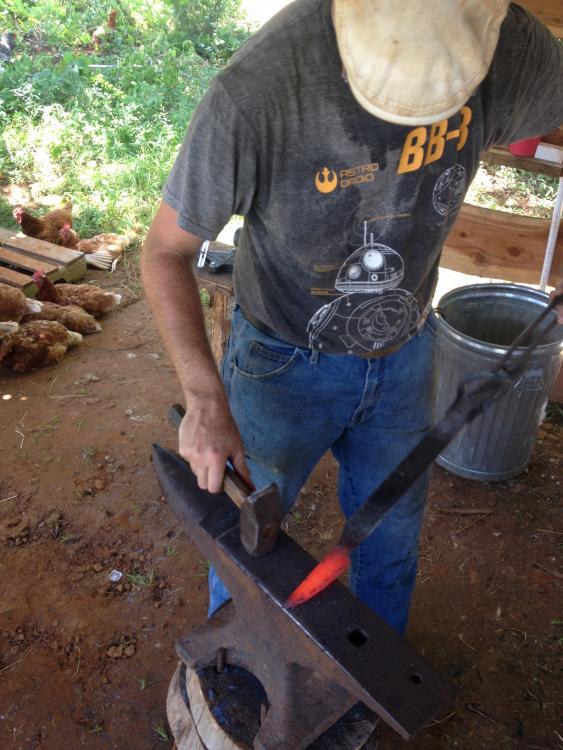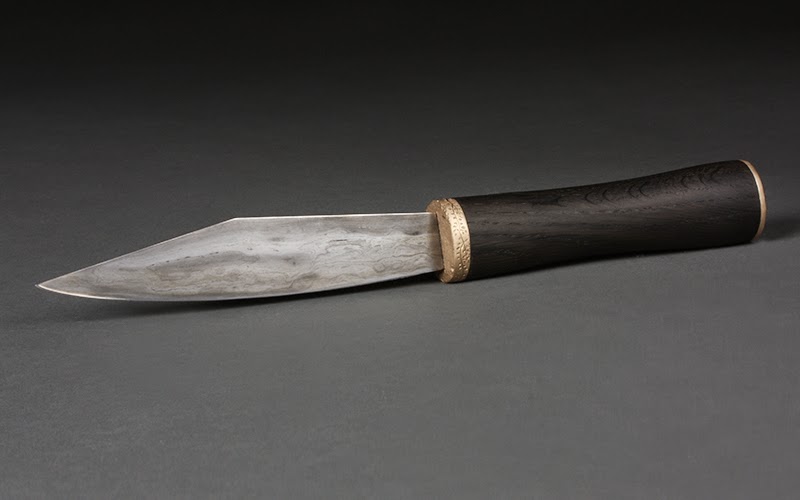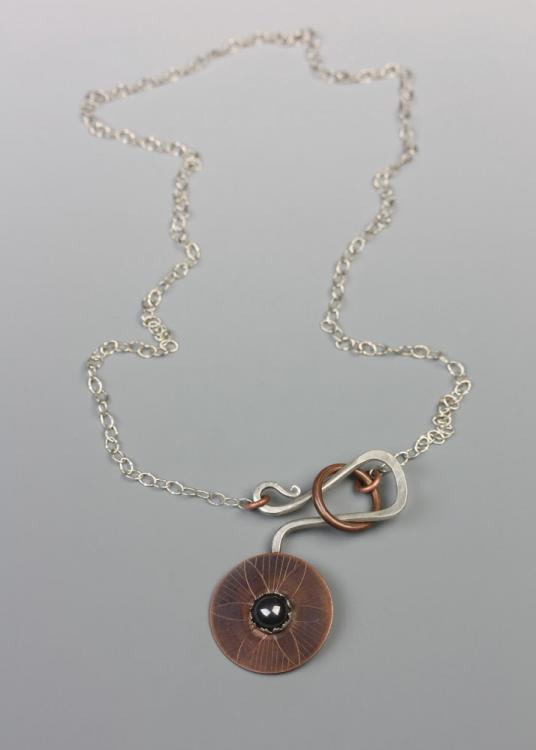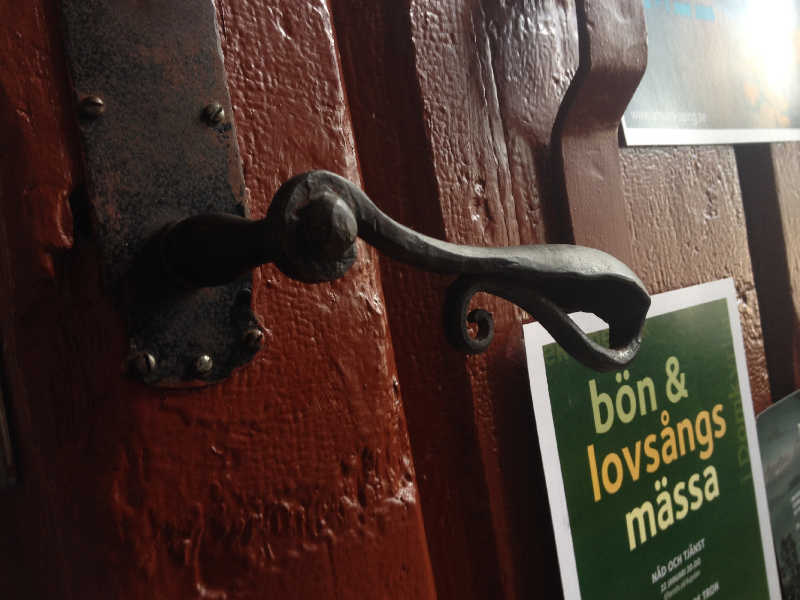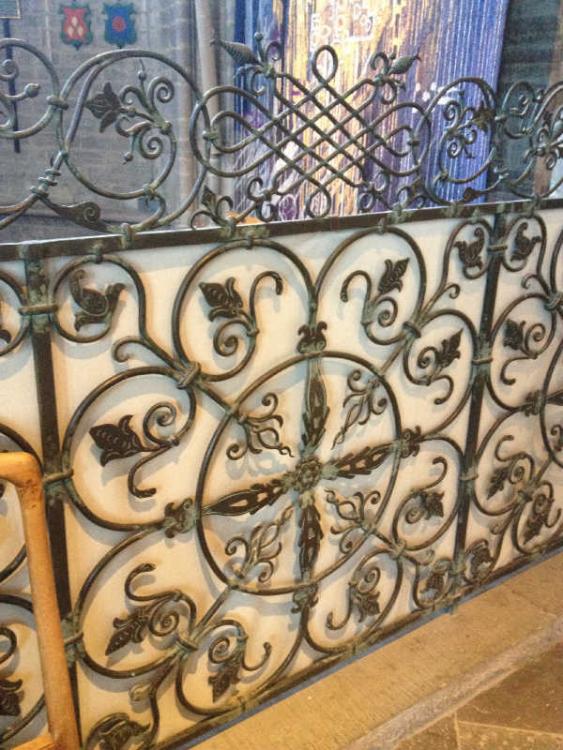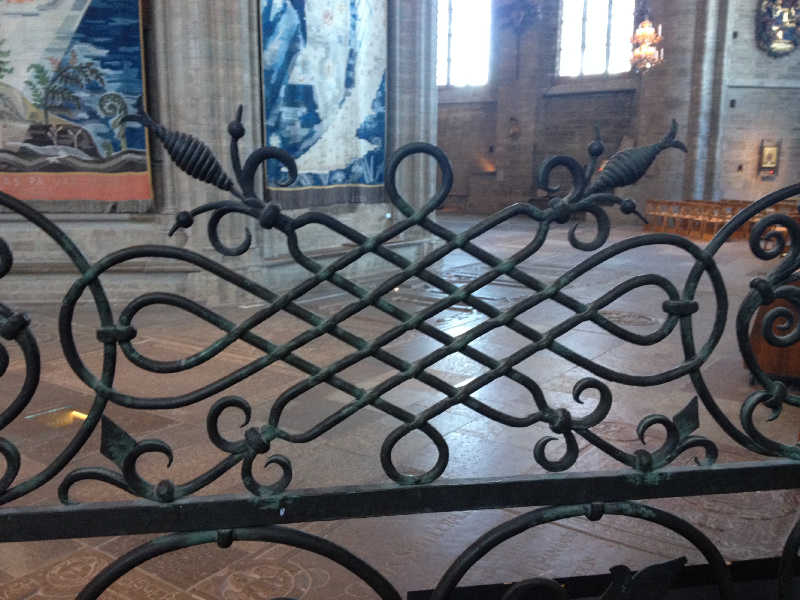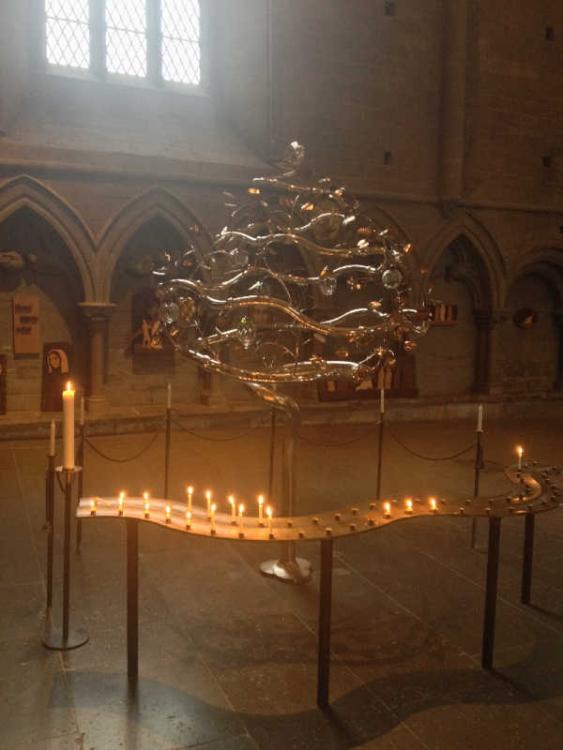-
Posts
10 -
Joined
-
Last visited
Profile Information
-
Gender
Not Telling
Recent Profile Visitors
The recent visitors block is disabled and is not being shown to other users.
-
I've made some of my own pine pitch, using pine rosin (hardened sap gathered from a pine tree and melted to strain out impurities), beeswax and clay dust from a potter's supply (I've heard most any fine powder will do, including coal/charcoal dust, or ground horse dung). The pitch I made was a very hard cutlers resin, and not for repousse purposes, but I believe by lowering the dust and raising the wax ratios the pitch would be softer. I hope to make a batch for repousse soon as I really enjoyed the process when I was in school.
-

Off-grid blacksmith shop near Tyler Texas
JoshuaMS replied to JoshuaMS's topic in Events, Hammer ins, Where to meet
I can understand that mindset and I do appreciate the correction; I've had my fair share of those cold forged armor type debates too. Sometimes I forget how long of a period "medieval" refers to, a lot of things changed and developed. It still surprises me that cast iron was so uncommon. I can't help but think if it only took me two attempts to accidentally make cast iron, then surely the process was discovered early on in Europe. But I don't profess to be a history expert. I just enjoy learning about and attempting old processes as it helps me understand where things come from and how things work. As far as books go, I've been traveling a lot lately so my library is rather limited. I do have one new addition, The Sword form and Thought, which I highly recommend if you're into medieval blades. Here's a couple pics below, but for more detail you can check out this blog post about how it was made: http://bezalelblades.blogspot.com/2016/07/double-lung-bellows.html. I did some research before starting this project but the design was purely my own, not based on any particular historical piece. I'm sure there are more efficient ones out there, but it works for my needs. There are definitely some improvements that could be made, the faux leather material is not the most wear resistant for one. It's still functional after six months though (not in regular use). I should note the forge in the background was a temporary setup with parts we had lying around. For safety reasons, I do not recommend anyone use galvanized material for a forge; it's definitely not worth the health risk! -

Off-grid blacksmith shop near Tyler Texas
JoshuaMS replied to JoshuaMS's topic in Events, Hammer ins, Where to meet
Interesting, I certainly still have much to learn! I'll add that book to my ever growing reading list. I'm somewhat surprised you've never gotten any cast iron, but then in my case when it happened I was not smelting ore but just remelting some mild steel. I used a small stack type furnace (similar to Lee Sauder's Aristotle furnace), with an electric blower, not exactly a medieval design. The bloom was mostly high carbon but a portion melted and flowed to the bottom as cast iron. When I tried to forge it it just disintegrated into little bits. Here's images of the bloom before forging (I've since learned not to let it cool), the first picture is of the loom right side up but you can see the melted portion better in the second: -

Off-grid blacksmith shop near Tyler Texas
JoshuaMS replied to JoshuaMS's topic in Events, Hammer ins, Where to meet
It is an interesting concept and very different from anything I have read about before. I'm very curious to try it! I am quite familiar with the bloomery process, and have participated in a smelt myself as well as experimented with changing the carbon content in mild steels in a small furnace. I can say that cast iron was not uncommon in medieval times as it is actually a byproduct of bloomery smelting in many cases. I've accidentally made cast iron myself. When ore is smelted in that kind of furnace some material is carburized more and some less so the end result is an odd mix of steels of different carbon contents, often including lots of cast iron. The term pig iron is sometimes used to refer to such cast iron. Before crucible steel became common pig iron was refined by oxidation in a hearth to reduce the carbon content for a workable steel. At least that's my understanding. These historical processes and science fascinate me! -

Off-grid blacksmith shop near Tyler Texas
JoshuaMS replied to JoshuaMS's topic in Events, Hammer ins, Where to meet
Thanks, I just looked it up in the intermediate manual and there is a very interesting section about hard facing with cast iron. I will have to give that a try sometime to see how effective it is on tools. -

Off-grid blacksmith shop near Tyler Texas
JoshuaMS replied to JoshuaMS's topic in Events, Hammer ins, Where to meet
That is very interesting! Have you ever used that technique? I've tried to forge cast iron in the past and it just shatters. In the bladesmithing community I know people sometimes mix cast iron with bloom iron or wrought to make crucible steel, but that requires fully melting the material. I haven't read through all the manuals yet but I'll keep an eye out for that section. -

Off-grid blacksmith shop near Tyler Texas
JoshuaMS replied to JoshuaMS's topic in Events, Hammer ins, Where to meet
Thanks for the info! I looked up those UN manuals, they are great starting material for anyone interested in blacksmithing. I this book information on Tillers International's website: Agricultural Engineering in Development. Basic Blacksmithing: a Training Manual. UN FAO Agricultural Services Bulletin #88 vol. 1, 1999. ISBN 9789251027387. Agricultural Engineering in Development. Intermediate Blacksmithing: a Training Manual. UN FAO Agricultural Services Bulletin #88 vol. 2, 1999. ISBN 9789251027394. Agricultural Engineering in Development. Advanced Blacksmithing: a Training Manual. UN FAO Agricultural Services Bulletin #88 vol. 3, 1999. ISBN 9789251028032. Unfortunately the pdfs are hard to find, but all three are on google books. The drum forge is quite an interesting design, very simple which I like! I'm currently using an industrial metal sink and am working on finding materials for the refractory and chimney. Hopefully it will be up and running soon. Here's a new pic of the shop after some recent roofing work: -
Hello everyone! I have been a member here for some time now but have not been very active, so I thought a proper introduction was in order. Originally from North Carolina I have been blacksmithing ever since 2010 when I took a beginners course at John C. Campbell Folk School. A couple years later I attended Haywood Community College as a Professional Crafts Jewelry student, where I also received a certificate in blacksmithing. I started blacksmithing because I wanted to learn to make swords, and while that passion still remains I have grown to love the intricacy of hand tools. I have recently been working as a missionary using my skills for social development, including working with an agriculture based program in Texas to build a small off grid workshop. I also have travelled some in Sweden, where I had the privilege of meeting Peter Johnsson whose work has been a great inspiration. Here are a few examples of my work:
-
Hello everyone, I have been building a primitive, off-grid blacksmith shop for a Christian missions organization called Youth With a Mission, near Tyler TX. They have worked with communities in developing nations that could benefit from the knowledge of basic metalworking skills for agricultural and economic development. The shop is still in need of some work but is currently functional in a limited capacity. If there is anyone here on the forum that is near this area and has an interest or experience in blacksmithing and metalworking, please consider this an invitation to come visit, or help out. Just send me a message or post in the comments for more information. The open air shop is about 15'x15' and equipped with a small propane forge, a charcoal forge (currently being modified for safety and functionality), double lung bellows, a limited selection of hammers and tongs, Fulton anvil, post vise, a wooden work table, an observation bench, and various hand tools. We have a collection of springs and other material on hand for projects. I will be here for the next three months developing the shop and hope to run some workshops during that time. Thanks, ~Joshua
-
JoshuaMS changed their profile photo
-
Hello, or perhaps I should say hallå, I am am visiting Sweden for the next 12 weeks, and am very interested in meeting with local craftspeople while I am here. I know Sweden is rich with fine craft and design history and I would love to learn anything I can from those still practicing those traditional trades, especially blacksmiths, bladesmiths and other metalsmiths as I work in these media myself. Currently I am staying in Linköping for the next week and a half, and I also plan to visit Restenäs, Stockholm, Borlägne, and hopefully Uppsala while I am here, and I am open to traveling elsewhere as funds permit. If any of you happen to be in the area or have a contact in Sweden to share, could you please let me know in a comment or PM? Tack! (Thanks!) Here's a little info about me: I am from North Carolina in the USA, and have been pursuing crafts since 2010 when I got started at John C. Campbell Folk School. I graduated from the Professional Crafts Jewelry Program at Haywood Community College in 2014. I enjoy bladesmithing and have a great interest in Swords as well as learning traditional hand work. Currently, I am working towards using these skills in missionary service work, including, developing programs for youth and appropriate audiences, teaching people in developing regions basic toolmaking or jewelry skills for economic development, etc. See below for some example photos of my craft work. My first and only Sword: 1075 forged steel, sand cast white bronze pommel and guard with quartz crystals set in the pommel, stingray skin grip, about 43in/109cm long. Seax knife: Selfmade bloomery furnace steel forged, bog oak handle, cast bronze fittings with hand stamped decoration, about 10in/25cm long Puzzle pendant: Silver and copper with bezel set hematite, some forged elements and a unique puzzle clasp design You can view more of my past work here: http://bezalelblades.blogspot.se/p/gallery.html Here are just a few photos of some old metalwork here in Linköping: Forged door handle in the building I am staying in. A gate and detail, at the cathedral.

